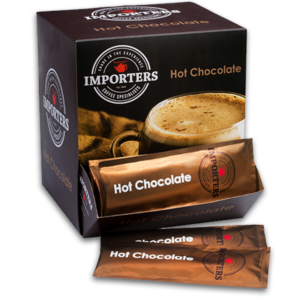Home » Understanding Customer Packaging Preferences
Understanding Customer Packaging Preferences
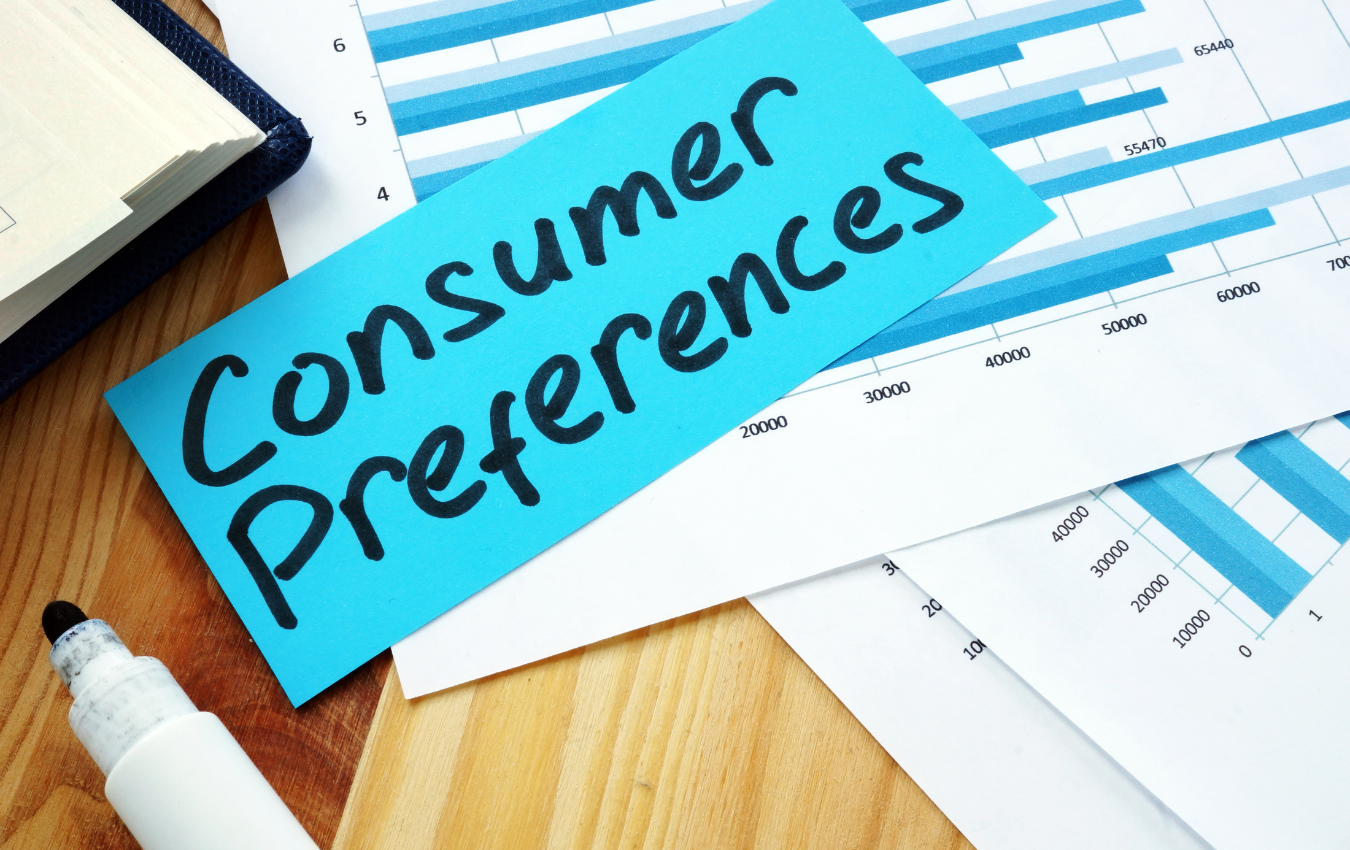
In a marketplace where packaging can significantly influence purchasing decisions, understanding what resonates with customers is essential for brands. This guide offers actionable strategies for brands to comprehend and meet their customers’ packaging preferences effectively.
Engaging Directly with Customers
Direct customer feedback is invaluable in understanding packaging preferences.
- Customer Surveys and Feedback Forms:
- Implement surveys or feedback forms post-purchase or through digital platforms to gather insights into customers’ packaging preferences.
- Questions should be specific, covering aspects like design, material, functionality, and sustainability.
- Social Media Engagement:
- Utilize social media platforms to engage with customers. Conduct polls, ask questions, and create interactive content focused on packaging preferences.
- Monitor comments and messages for unsolicited feedback and trends.
Utilizing Market Research
Structured market research can uncover broader trends and preferences in packaging.
- Focus Groups:
- Conduct focus group sessions with target demographics to get in-depth insights into their packaging likes and dislikes.
- Present different packaging options and gather feedback on each.
- Competitive Analysis:
- Study competitors’ packaging strategies to identify what works well in your industry.
- Note customer reactions and reviews of these packages for insights.
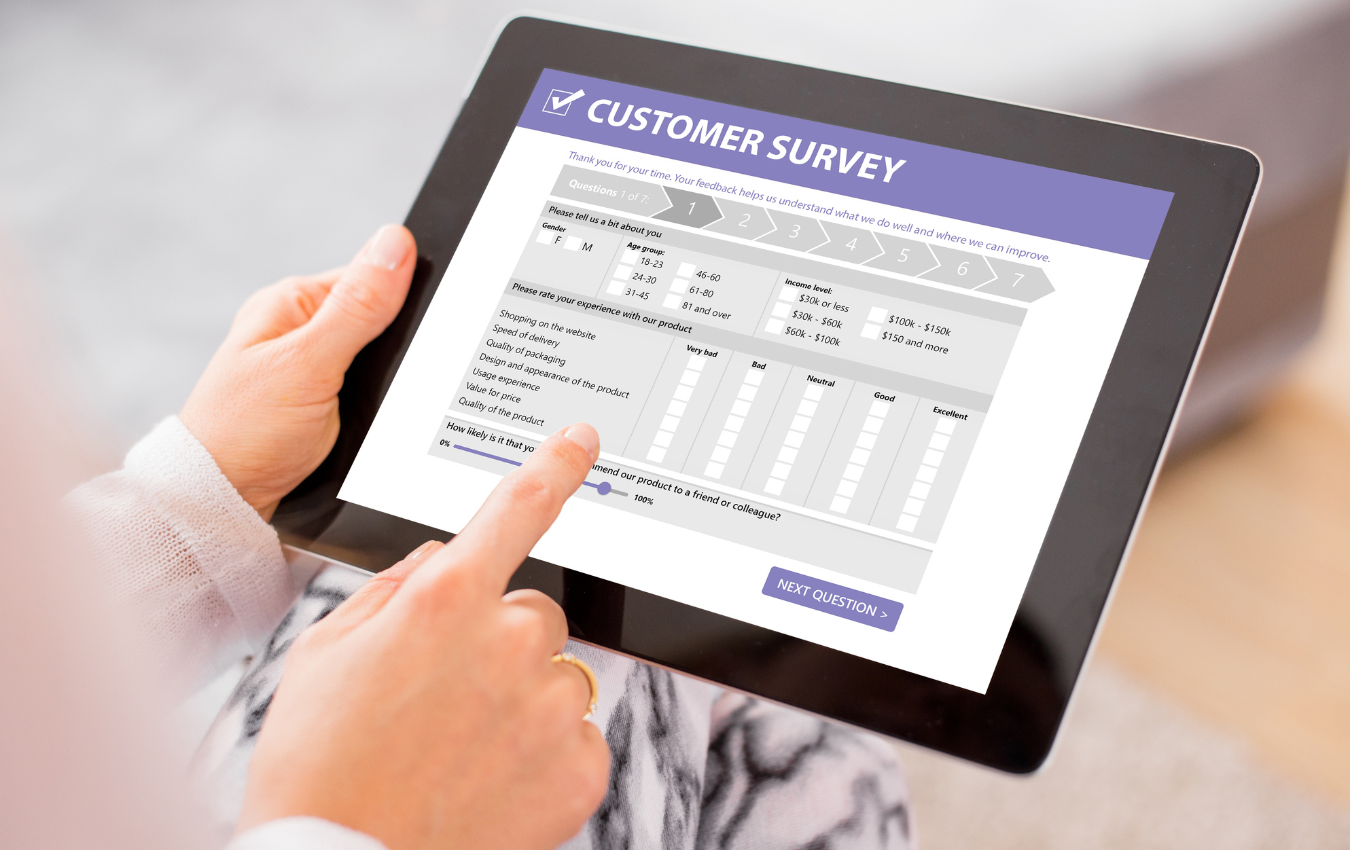
Analyzing Sales and Data Trends
Sales data and analytics can provide objective insights into customer preferences.
- Sales Data Analysis:
- Review sales data to see if changes in packaging correlate with changes in sales performance.
- Look for patterns where packaging enhancements have led to increased customer interest or sales.
- Website and E-commerce Analytics:
- Use analytics tools to track customer interactions with packaging options displayed online.
- Note which packaging styles are more likely to lead to conversions.

Experimentation and A/B Testing
Experimenting with packaging can offer direct feedback from the market.
- Pilot Testing:
- Test new packaging designs in a controlled environment or market segment.
- Compare customer responses and sales data to standard packaging.
- A/B Testing:
- In digital settings, use A/B testing to see which packaging visuals or descriptions perform better.
Gathering In-Store Insights
For physical retail, in-store observations and interactions can be revealing.
- Customer Observations:
- Observe how customers interact with different packaging designs in-store.
- Note which packaging styles grab attention or lead to more prolonged engagement.
- In-Store Customer Feedback:
- Collect feedback through in-store surveys or casual customer conversations.
- Train staff to gather informal feedback during customer interactions.
Sustainability Considerations
Sustainability in packaging is increasingly important for consumers.
- Eco-Friendly Options:
- Explore sustainable packaging materials and designs.
- Communicate your brand’s commitment to the environment through packaging choices.
If you are interested in packaging that aligns with your customers preference’s preferences, then partner with Brown Packaging today to get started.
With new tariff proposals and continued trade uncertainty, 2026 is shaping up to be another pivotal year for packaging sourcing strategy. Many companies that shifted
Following multiple rounds of tariff changes and trade policy adjustments, 2026 marks a turning point for U.S. packaging buyers. Many who previously transitioned from China
Shifting packaging production from China to the U.S. can help stabilize costs, reduce tariff exposure, and shorten lead times. But the transition process requires careful
RSC boxes are known for their efficiency and versatility, but their performance ultimately comes down to strength. Buyers often see numbers like ECT, BCT, and
In packaging, foam isn’t just about initial protection — it’s about maintaining performance over the entire shipping or storage cycle. Compression set and recovery characteristics
Pouches are a go-to for flexibility and convenience, but they can fail in critical ways—from poor seals to punctures and delamination—that hurt performance and brand
Home » Understanding Customer Packaging Preferences
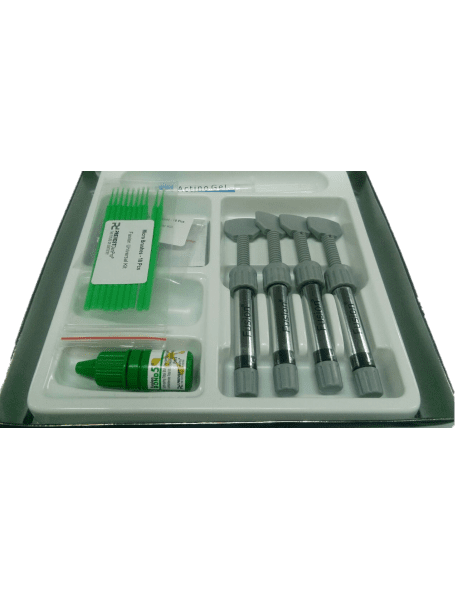
Thermoform inserts are a versatile and essential component in various industrial and consumer applications. They are produced through a process called thermoforming, where a plastic
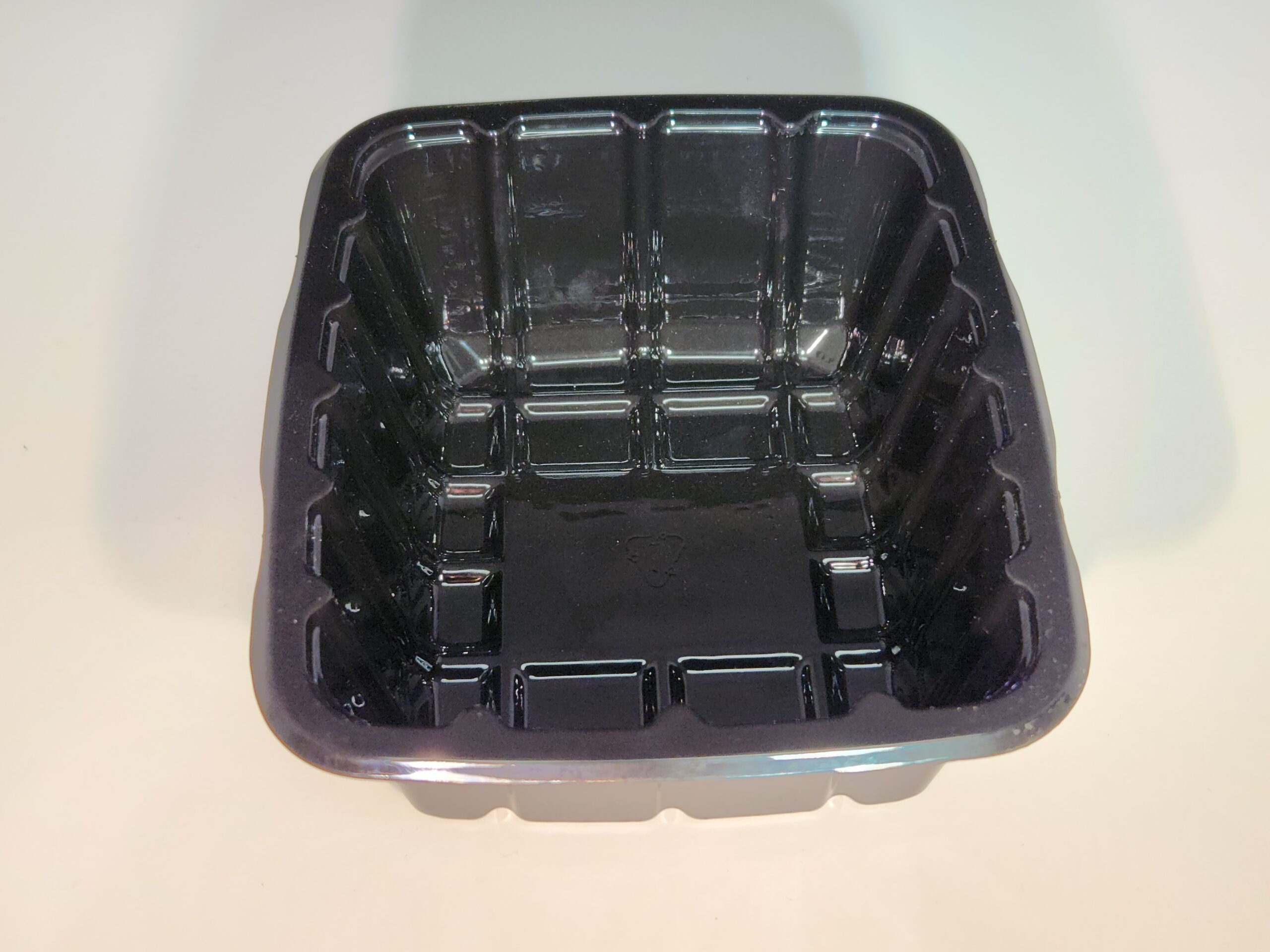
Polyethylene terephthalate, commonly abbreviated, stands out in the packaging industry for its versatility and environmental friendliness. Recognized as the most widely recycled plastic worldwide, this

Custom corrugated boxes are a staple in the packaging industry, serving as a reliable means to protect and present various products. The cost of these


